Several thousand taxpayers use the R&D relief every year. Tax offices often find errors related to its settlement. In many cases, the errors are due to a lack of knowledge of the tax legislation and the rules for using the relief. Unfortunately, pleading an entrepreneur’s ignorance of the law and procedures before the tax authorities will not achieve the intended results.
Tax relief for business activities
The settlement of a tax relief is an exemption from taxation, and the entrepreneur is obliged to prove the correctness of the settlement. This can lead to such consequences as charging interest on the tax arrears and incurring criminal and fiscal liability. The greater the amount of tax to be refunded shown, the greater the risk of a detailed verification of the correctness of the settlement by the tax office.

What mistakes are being made?
- Accounting for research and development relief (R&D relief) requires technical, tax and accounting expertise. An accountant alone is not able to account for the R&D relief.
- R&D activities should meet the definition under the Corporate/Physical Income Tax Act (CIT/PIT Act). Accountants often qualify for relief all R&D activities that are recorded as such in bookkeeping accounts. It also happens that a standard activity is mistakenly considered to be R&D activity.
- Not all costs incurred for R&D activities can be eligible costs accounted for under the tax relief.
- The basis for the calculation of the employees’ remuneration costs should be the records of working time spent on R&D activities, which are kept on a monthly basis. The taxpayer must determine the proportion of working time actually devoted to R&D activities in relation to the total working time in a given month. Even employees working in R&D departments do not devote 100% of their working time to R&D activities.
- Lack of separation of eligible costs in accounting records: The method of separation should make it possible to identify the eligible costs relating to the R&D activities carried out.
- Lack of proper documentation of R&D work: Documentation should be kept up to date and describe the R&D project activities in a substantive manner. The descriptions should also be comprehensible to a non-technical expert in the field.
- Showing relief on tax return despite significant deficiencies: The R&D relief is most often verified as part of a pre-refund screening exercise. There is not much time to rectify faults.


